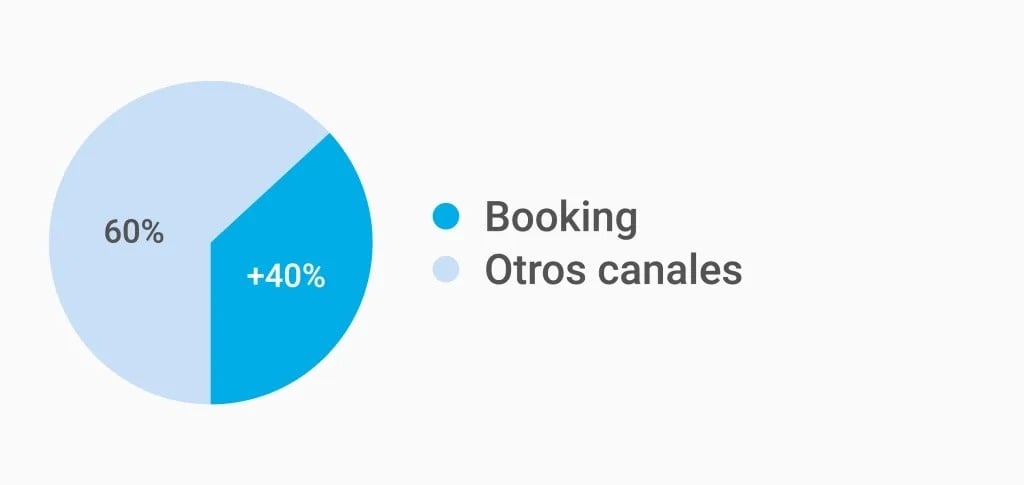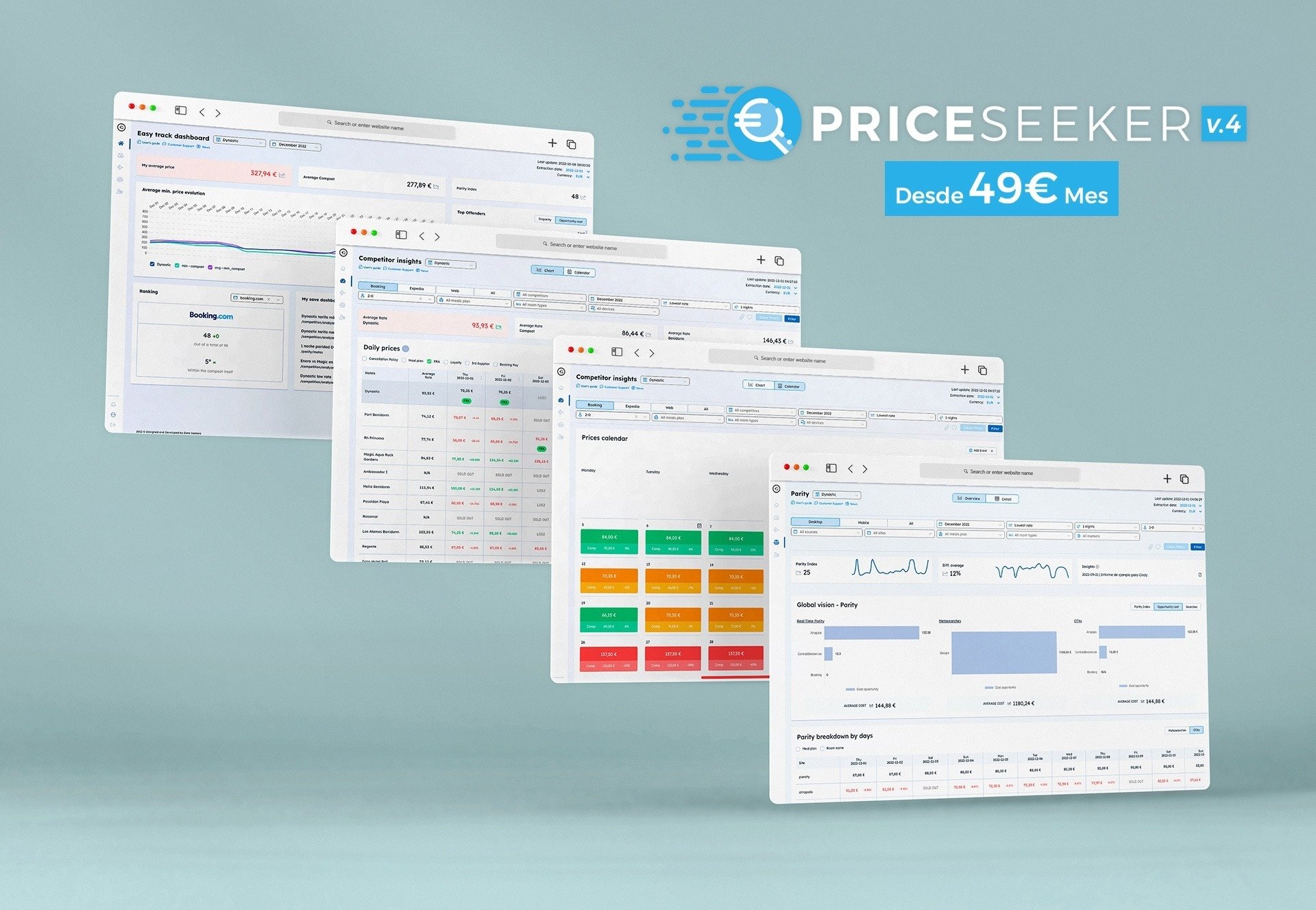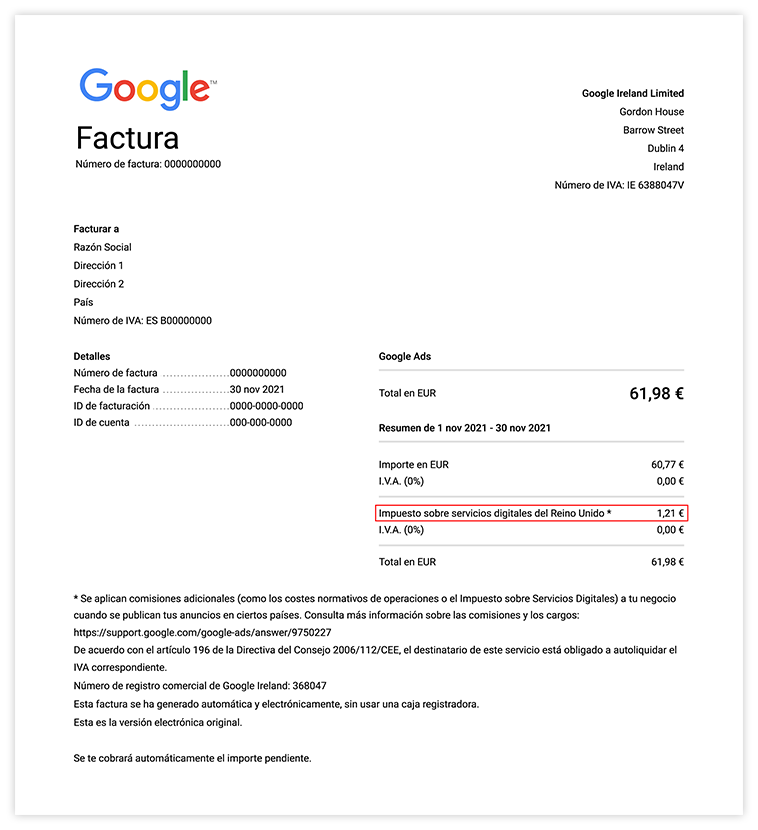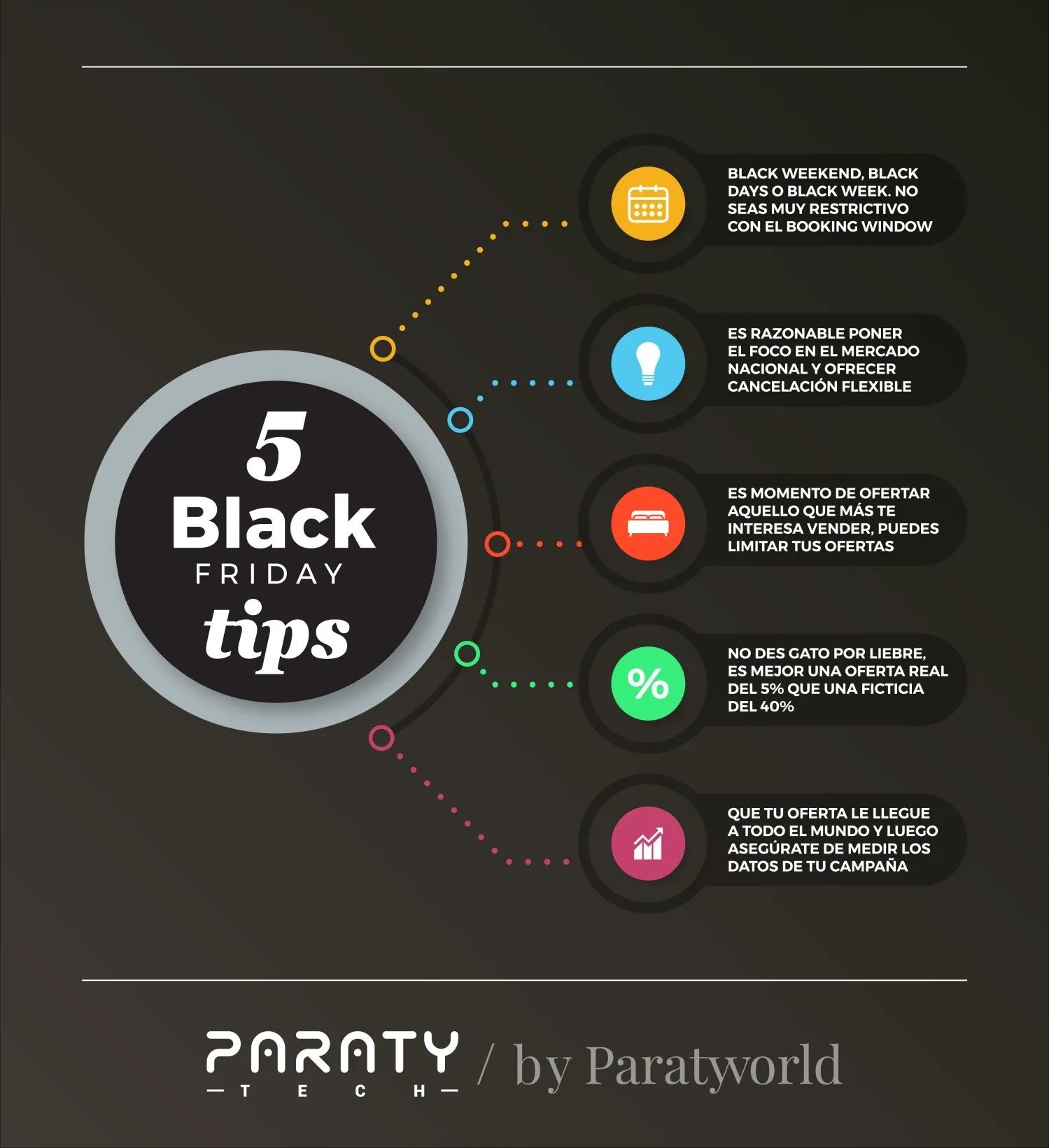The functionality in the experimental phase of Google Hotel Ads, a double-edged sword
Revenue 04/12/2020If you're one to invest efforts and resources in generating positive disparities on your website, Google Hotel Ads' experimental functionality might catch your interest. However, proceed with caution.
It has become a common practice for hoteliers to find out about new functionalities launched by their technology partners after the fact. We witnessed this in the past with Booking.com (Early Payment Benefit) or Expedia. This time, however, Google Hotel Ads has introduced an interesting improvement, aiming to highlight the channel offering the best price for a specific search, at the expense of other channels. The logic behind the initiative seems simple, but the interpretation of it, from both the hotelier and end-user perspectives, might not be as straightforward.
What It Involves
As we all know, Google Hotel Ads is a metasearch engine that operates through various bidding formats (commission percentage, CPC, etc.). The challenge is to strike a balance between the bid we set and the visibility we gain in return, which depends on the number of channels bidding and the bid each one sets. So far, so good.
What is happening now is that, in some way, Google Hotel Ads has decided to further reward the best price by highlighting it with an "Offer" tag. This is still an experimental feature that, according to the information available, cannot be activated or deactivated at the moment.
Do not confuse it with the regular offers from Google Hotel Ads that we are already familiar with, which respond to significant changes in our price compared to what we were offering in previous days. In this case, although there are no visual differences, a new criterion, a different variable, has been introduced technically to distinguish prices that will be highlighted as offers.
Essentially, what Google Hotel Ads does now is analyze all the results obtained after a search. Then, it decides which one is the most common price, i.e., the one that repeats the most. Finally, it compares it with the lowest price available. Once it has calculated the percentage differential between the most common and the lowest, it highlights the latter as a fictional offer, with a discount equivalent to the percentage differential.
For all practical purposes, the final price is the same as offered by the respective channel. The issue is that the actual price may not result from an offer, which can confuse the user, not finding it on the original channel, and perplex the hotelier, unaware of the origin of this supposed offer. Let's look at a real example.

As we can see in the image, on the left, the Google Hotel Ads results module highlights the direct channel's price, €36, linking it to a 14% offer, corresponding to the difference between the most common price among other channels and that of the hotel in question. In this case, the direct channel occupies the first position, probably because it has outbid other channels, enjoying extraordinary visibility and great conversion potential.
On the right, the results from the Official Website's booking engine show the same price, €36, originating from a 10% offer. This is the real offer, while the one from Google Hotel Ads is a fictional offer. That's where the problem lies, in the mentioned likelihood of creating confusion and bewilderment.
Conclusions
We understand that once Google decides if this functionality is here to stay, they will document it appropriately and inform hoteliers on how to activate or deactivate it. In any case, what seems clear is that positive disparities have found a new ally in Google Hotel Ads.
While the potential discrepancy between the fictional and real offers may cause confusion, ultimately, the price is not affected. Predictably, this functionality will increase the conversion potential of the direct channel, provided we have rate parity under control and can generate positive disparities on our official website. If so, even if our bidding strategy is not as optimized as it should be, if our pricing strategy is, we will enjoy extra visibility, even when not in the first position of the results.




































